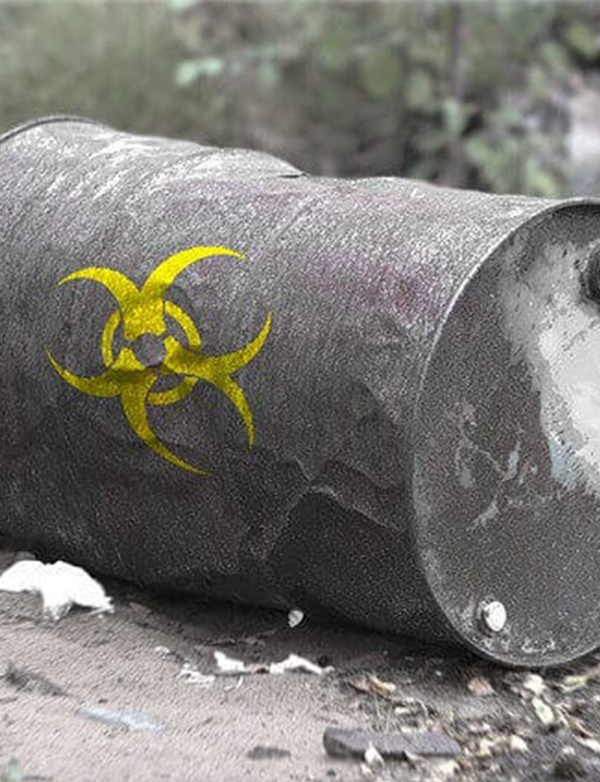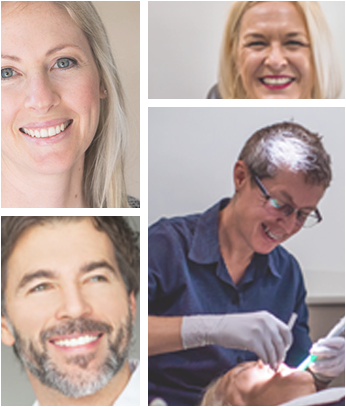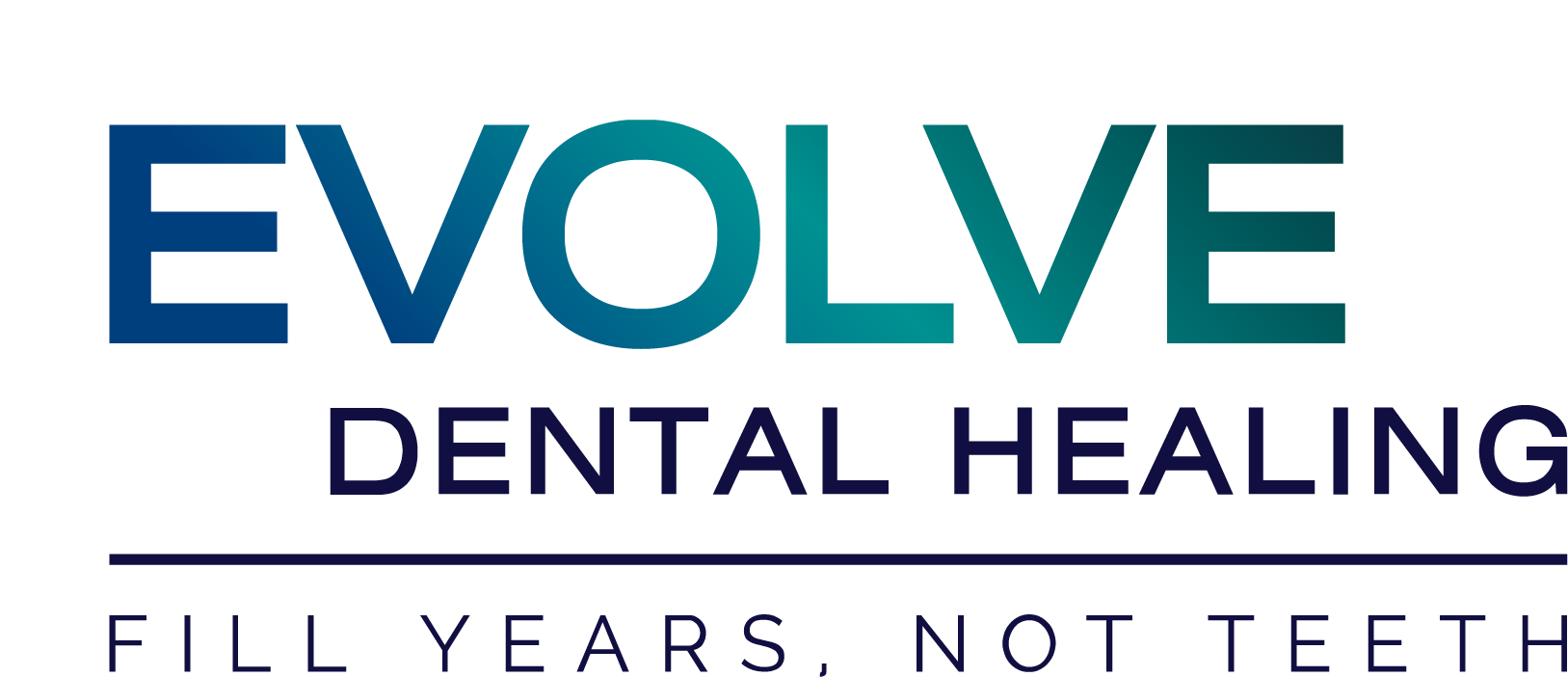Mercury Toxicity An Unrecognised Plague

Mercury Toxicity and Amalgam Fillings
Mercury toxicity is an unrecognised plague. Mercury is a heavy metal which is widespread throughout air, food and water. Annual worldwide emissions are estimated at 2200 tonnes. One-third of emissions are from natural sources such as volcanoes and 25% comes from the combustion of fossil fuels, particularly coal.
Human exposure comes from dental amalgams, consumption of fish, kelp and other seaweeds, thimerasol used in vaccines, fungicides and pesticides, consumption of grains treated with mercury-containing fungicides, car exhaust, processed foods, mascara, calamine lotion, some psoriasis medications, floor waxes and wood preservatives.
Mercury-containing thimerasol has been removed from all vaccines except the influenza vaccine.
Human activities may have doubled or tripled the amount of mercury in the environment in the last 150 years.
Minamata Mercury Incident
Attention was focused on mercury when it was discovered that thousands of people had been poisoned by industrial dumping or mercury waste into Minamata Bay in Japan from 1932 until 1968. Over 5000 people developed mercury toxicity and 456 eventually died. Children were born with deformities and mental retardation.
Environmental studies have warned that emissions of mercury from coal-fired power plants pose a serious health risk. American studies have shown at least 8% of American women of childbearing age have blood levels of mercury that are a risk to a foetus.
Testing For Mercury
That percentage is falsely low because mercury estimates were done from blood and hair samples. Blood and hair tests are not accurate in assessing the body burden of mercury.
Mercury quickly leaves blood and is deposited in tissues. Blood tests can be useful in looking for clues to the presence of mercury in tissues as long as the right tests are requested and they are interpreted correctly. If you don’t ask the right questions you won’t get the right answers. Many people do not excrete mercury into their hair and hair analysis mainly detects methyl mercury.
Studies have shown that 90% of the mercury in our bodies is elemental mercury, not methyl mercury. The only reliable way to determine mercury levels is to check values in urine after administration of a chemical which binds tissue mercury and allows it to be excreted (known as a chelating agent). Levels greater than 5ug/l (5 millionths of one gram) have been shown to be associated with human toxicity.
How much mercury does it take to start getting problems?
For elemental mercury, a No Observed Adverse Effect Level (NOAEL) has not been found. That means that some people react adversely to the smallest amount of mercury that can be measured at the moment.
The World Health Organisation (WHO) states that there is no safe level of mercury in humans that does not kill cells or harm body processes. A paper in Nature in 1988 described mercury as the most toxic of the toxic minerals.
The WHO has found that the highest mercury exposure to humans comes from dental amalgam fillings.
Mercury and Amalgam Fillings
Amalgam or silver fillings contain 50% mercury, 35% silver and 15% tin, copper and zinc.
The WHO estimates the daily absorption of mercury in individuals with 5 or more fillings is 23 µg per day.
Autopsy studies have shown higher mercury levels in the brain and kidneys of people with aged amalgams than in people with no mercury fillings.
Amalgam fillings have been banned in Germany, Austria and Sweden. In 1999 the California Dental Board termed mercury amalgams “hazardous”.
The Occupational Safety and Health Administration in the US set the safety limit or mercury in the air at 50 ugs per square meter of air. Measurements of the air in the mouths of people with multiple amalgam fillings have shown levels up to 150ug.
Mercury In The Food Chain
Mercury from coal and industrial waste have filled the oceans and it now contaminates almost all fish. Large predatory fish such as tuna, shark and swordfish can contain 100 times more mercury than smaller fish. Tuna is now so unhealthy that pregnant mothers are warned not to eat it.
Testing in the United States has shown there are 600,000 newborn children with elevated mercury levels on blood testing each year.
The level of mercury in the children is proportional to the number of amalgams the mother has. The neurological and psychological consequences of this are yet to be realised.
Mercury is an incredibly toxic agent. One mercury amalgam filling placed in a large lake would make all the fish in it unsafe for consumption and the water unsafe for swimming.
Mercury has multiple toxic mechanisms of action:
- interferes with the function of mitochondrial enzymes and disrupts mitochondrial energy generation
- suppresses protein synthesis
- produces free radicals
- attaches to the surface of cells and subsequently, the immune system recognises them as foreign and attacks them (autoimmune disease). It is particularly toxic to the nervous system, the thyroid gland, the adrenal gland, the immune system, the cardiovascular system, kidneys and the gut.
- damages nerves.
- increases brain neurofibrillary tangles (same as the ones that occur in Alzheimer’s disease)
- reduces ATP (energy) by depleting glutathione and ascorbate
Symptoms of Mercury Toxicity
Symptoms of mercury poisoning can include decreased vision and hearing, colour vision disturbance, metallic taste in the mouth, bad breath, fatigue, anorexia, allergies, dermatitis, numbness, insomnia, headaches, migraines, tinnitus, vertigo, heart palpitations, menstrual disturbances, periodontal disease, irritability, tremors, memory loss, poor concentration, muscle pain/weakness and incoordination.
Consequences of mercury include psychosis, depression, behavioural disorders, autoimmune disorders (such as arthritis, lupus and scleroderma), fibromyalgia, hormonal disruption, hypothyroidism, adrenal fatigue, infertility, miscarriages, low sperm count, leaky gut, inflammatory bowel disease, cardiovascular disease, hypertension, cardiomyopathy and kidney failure. Hormonal disorders are so prevalent because the pituitary gland (the central controller of all hormone function) lies in the brain only 2 cm from the mercury amalgams.
The risk of developing mercury toxicity is increased by:
- having multiple sources of mercury exposure
- exposure to other heavy metals or environmental toxins
- deficiencies of vitamin A, C, E
- deficiencies of zinc, selenium, glutathione, sulphur,
- excessive acidity,
- genetic predisposition and
- other chronic medical conditions.
What about dentists and mercury?
Dentists and dental personnel who place or handle/remove mercury amalgams have been shown to have high levels of mercury. They have also been shown to experience high levels of neurological, memory, mood and behavioural problems.
Dentists have one of the highest incidences of Alzheimer’s disease.
Female dentists and dental technicians working with mercury have reduced fertility.
Dentists have one of the highest rates of suicide of any profession.
If you suspect you have mercury toxicity you should:
- Consult a doctor with an interest in heavy metal toxicity to confirm the diagnosis and to maximise your health before the amalgams are removed. Once the diagnosis is confirmed, then the health of organs involved in mercury detoxification (liver, lungs, kidneys, bowel and skin) must be optimised.
- Have your mercury amalgams removed by a dentist familiar with the precautions required (in fact you should have them out even if you don’t think you are mercury toxic).
- Confirm mercury toxicity by a 24-hour urine collection for mercury after administration of a chelating agent.
- See a doctor experienced in chronic heavy metal toxicity to devise a programme to remove the mercury.
- Minimise ongoing exposure, optimise protein intake, consumption of foods that assist in the elimination of mercury, supplementing with natural chelators such as vitamin C, selenium, broccoli, eggs, garlic, onions and glutathione, and the administration of a chelating agent (oral or intravenous). Increasing dietary fibre is important to facilitate bile flow and avoid constipation- so toxic metals can be excreted in the faeces.
- Take an oral chelating agent long term to avoid any further mercury accumulation.
For more on amalgam removal and mercury toxicity see these links or call us today 07 3720 1811 to discuss removing your dental amalgams.
Amalgam why we do not use it at Evolve Dental Healing
-
Dr. Rachel Hall
Rachel is the founder and principal dentist at Evolve Dental Healing with over 30 years experience, practising holistically since 2001. Not your typical dentist, Rachel is a passionate opinion leader, challenging convention to empower people to make better dental and health choices, helping thousands to have healthy natural smiles. A respected writer and presenter on holistic dentistry, health and wellness it is Rachel’s mission to revolutionise the way people look at their dental health.
Talk to us for more details and information
CONTACT US
67 Kenmore Road
Kenmore Queensland 4069
Phone: 07 3720 1811
Fax: 07 3720 1899
Email: info@evolvedental.com.au
OPENING HOURS
Monday – Friday: 7:30am – 5:30pm
References and Citations Mercury & Amalgam Fillings




